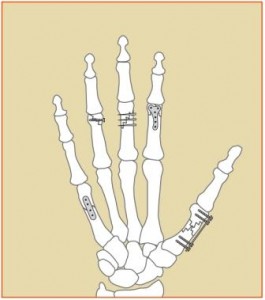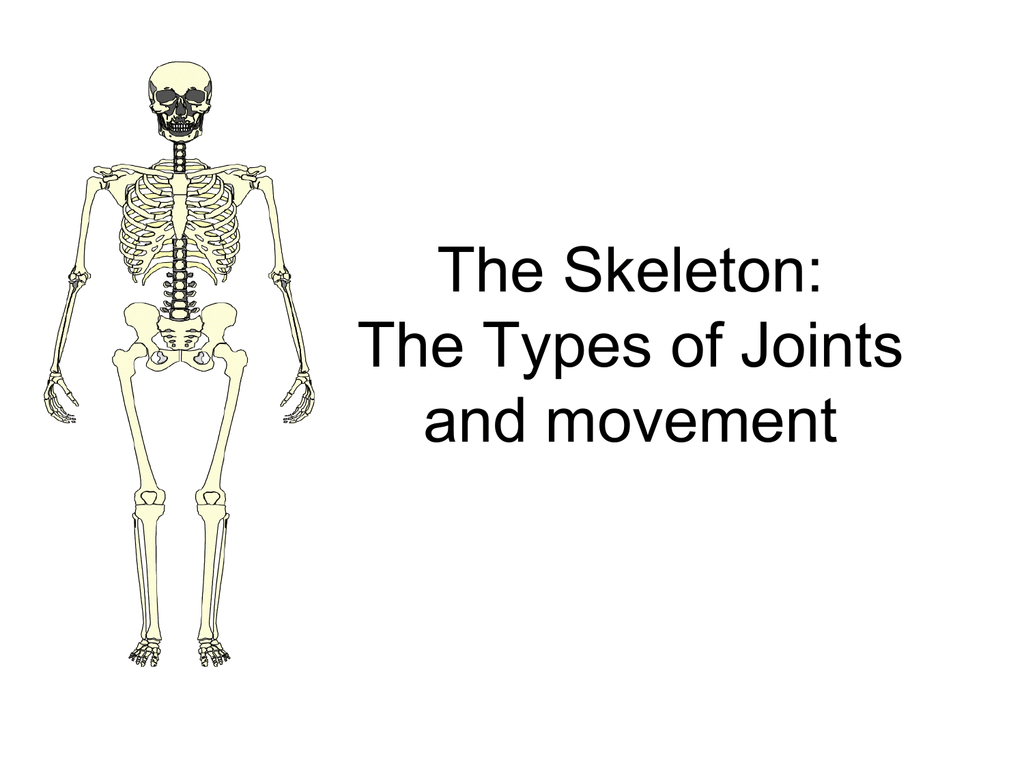


The second type of cartilaginous joint is a symphysis (“growing together”), where the bones are joined by fibrocartilage. Also classified as a synchondrosis are places where bone is united to a cartilage structure, such as between the anterior end of a rib and the costal cartilage of the thoracic cage. A synchondrosis is a cartilaginous joint where the bones are joined by hyaline cartilage such as the epiphyseal plate. There are two types of cartilaginous joints. These types of joints lack a joint cavity and involve bones that are joined together by either hyaline cartilage or fibrocartilage. As the name indicates, at a cartilaginous joint, the adjacent bones are united by cartilage, a tough but flexible type of connective tissue. Thus, skull sutures are functionally classified as a synarthrosis, although some sutures may allow for slight movements between the cranial bones.įigure 6.57. The Newborn Skull The fontanelles of a newborn’s skull are broad areas of fibrous connective tissue that form fibrous joints between the bones of the skull.Īt a cartilaginous joint, the bones are joined by hyaline cartilage or fibrocartilage. The suture is frequently convoluted, forming a tight union that prevents most movement between the bones. In adults, the skull bones are closely opposed and fibrous connective tissue fills the narrow gap between the bones. The fibrous connective tissue found at a suture (“to bind or sew”) strongly unites the adjacent skull bones and thus helps to protect the brain and form the face. All the bones of the skull, except for the mandible, are joined to each other by a fibrous joint called a suture. A fibrous joint is where the adjacent bones are united by fibrous connective tissue. These differences serve to divide the joints of the body into three structural classifications. The structural classification of joints is based on whether the articulating surfaces of the adjacent bones are directly connected by fibrous connective tissue or cartilage, or whether the articulating surfaces contact each other within a fluid-filled joint cavity. In contrast, freely moveable joints allow for much more extensive movements of the body and limbs. Thus immobile or slightly moveable joints serve to protect internal organs, give stability to the body, and allow for limited body movement.


The amount of movement available at a particular joint of the body is related to the functional requirements for that joint. Functional classifications describe the degree of movement available between the bones, ranging from immobile, to slightly mobile, to freely moveable joints. Structural classifications of joints take into account whether the adjacent bones are strongly anchored to each other by fibrous connective tissue or cartilage, or whether the adjacent bones articulate with each other within a fluid-filled space called a joint cavity. Joints are classified both structurally and functionally. Understanding the relationship between joint structure and function will help to explain why particular types of joints are found in certain areas of the body.Ī joint, also called an articulation, is any place where adjacent bones or bone and cartilage come together (articulate with each other) to form a connection. Conversely, joints that provide the most movement between bones are the least stable. This means that stable joints allow for little or no mobility between the adjacent bones. Importantly, joint stability and movement are related to each other. These joints are designed for stability and provide for little or no movement. However, the bones of other joints may be joined to each other by connective tissue or cartilage. At these joints, the articulating surfaces of the adjacent bones can move smoothly against each other. Many joints allow for movement between the bones. Joints are the location where bones come together. The adult human body has 206 bones, and with the exception of the hyoid bone in the neck, each bone is connected to at least one other bone. Discuss the structure of specific body joints and the movements allowed by each.Define and identify the different body movements.Describe the structure of a synovial joint.Describe the characteristic features for fibrous, cartilaginous, and synovial joints and give examples of each.Discuss both functional and structural classifications for body joints.


 0 kommentar(er)
0 kommentar(er)
